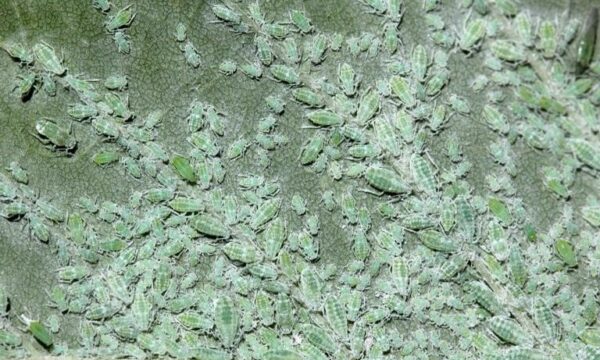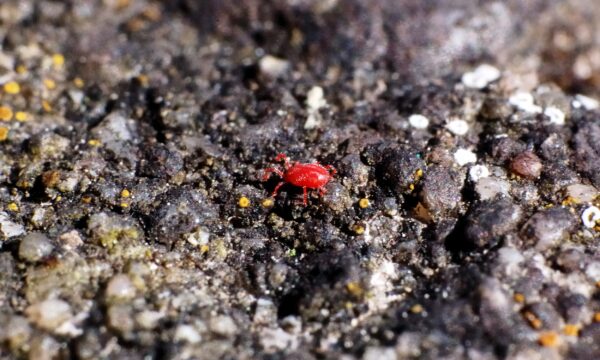
- Frankincense – Image from Wikimedia
While we have been filling our homes with traditional Christmas trees, the long-horn beetle has instead decided to go for a more up-market décor. Boswellia trees, which produce the resin used to make frankincense, have recently suffered from a worrying decline in numbers, with experts predicting that we have limited years left to take action to save them. Part of this has been attributed to long-horn beetle larvae setting up home inside them, and eventually leading to the death of the individual.
For many species the unsustainable extraction of a wanted product provides a direct link to their downfall, but it is thought that tapping Boswelliatrees for frankincense is not behind the greater number of dying trees seen and lack of regeneration. Instead the causes are thought to range from increased cattle grazing (which destroys young seedlings), to deforestation, burning and land use change, as well as more opportunistic tree species taking over and the effects of habitat fragmentation.
The long-horn beetle (Idactus spinipennis) lay their eggs under the bark of the tree, and when combined with these other causes that may have already weakened the tree, this can lead to its death. Up to 85% of Boswellia trees are reported to have been infected by the long-horn beetle. Models show an urgent need to protect areas of Boswelliaforest to allow time for new seedlings to become established and reduce the area of land being converted for agricultural and domestic use. Perhaps there may soon become a need for more proactive pest control programmes, too.
So while the nativity story famously describes the three wise men setting the standard for Christmas presents, with the traditional gold, frankincense and myrrh, perhaps a simple perfume or aftershave might suffice this year.
Wishing you all the very best for the festive season, see you for my next blog in 2012!
Other source:
Kinver, M. & Gill, V., Frankincense tree facing uncertain future, 21 December 2011
1 Comment
Leave a Reply
Related News & Blogs
Common Papaya Disorders: A Comprehensive Guide
Papaya, also commonly known as the papaw or pawpaw, is a large tropical fruit-producing plant originating from Central America. Market demand for tropical fruits has steadily grown, and consequently, the papaya has become an important agricultural expo…
3 April 2024






[…] Long-horn beetles take a liking to frankincense (plantwise.org) […]